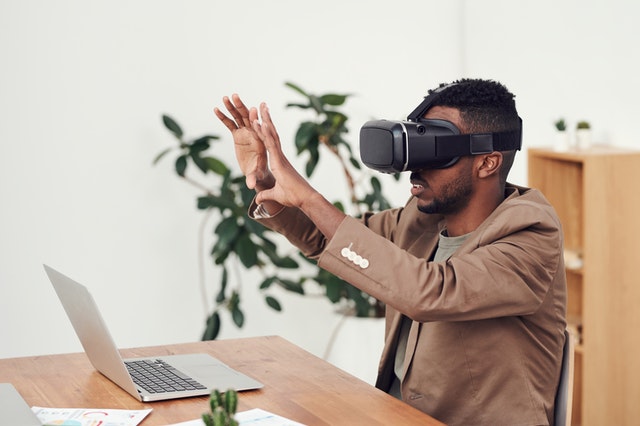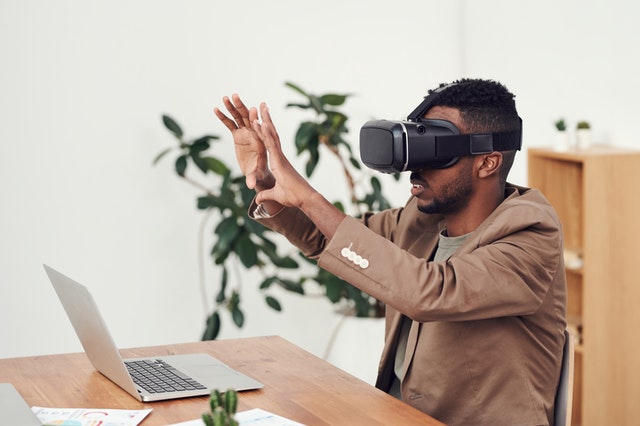About half of all web traffic now comes from mobile devices. To ensure that they are providing a good experience for their customers, businesses have had to change how they present themselves online. Some have chosen to optimize their websites for mobile devices, while others have decided to develop separate mobile apps.
If you’ve decided that you want to develop a mobile app for your business, it’s important that you stay on top of the latest trends. Mobile phone capabilities are constantly changing and so is how people interact with them. Here are some of the latest trends in mobile app design that you’ll want to be on the lookout for and incorporate into your own app.
Faster Login
It seems like every site these days requires a username and password in order to log in. Trying to remember all these different login combinations is difficult, which can make it more time-consuming to log into your app if the user forgets their information. One way that you can make use of modern mobile technology is by allowing advanced login techniques.
For example, you can allow the user to log in using the fingerprint scanner on their phone, or by using the camera to show their face. Another option is to allow users to create an account using their existing Gmail or Facebook accounts. This removes the need to have to remember another username and password, while also making their account more secure.
Personalization
More and more customers are coming to expect some sort of personalization when they visit a website. In fact, 80 percent of customers say they are more likely to buy something from a brand if they provide a personalized experience. By incorporating this on your mobile app you can not only make your customers happier but also increase your engagement and sales.
Personalization can take many forms, from using the customer’s name to recommending products based on past purchases to showing shipping rates based on their location. The more you can tailor the user’s experience on your mobile app, the more likely it is that they’ll want to use your app again.
Voice Integration
Voice commands have become a big part of mobile devices over the past few years. Both iPhone and Android users can now use numerous voice commands to do things like make calls, update their calendars, get directions, or ask questions. Using voice commands removes the need to have to type things in, which a lot of users enjoy. If your app would require that users do a lot of typing, consider adding in a voice integration feature to make things easier for them.
Dark Mode
One of the biggest drawbacks to using our mobile devices for everything is battery life. The more we use our phones, the faster they drain. A great thing you can do in your mobile app is to provide the user an option to switch to a “Dark Mode”. With this feature, your app will use dark colors instead of the typical bright ones. For example, instead of using a white background with black text, you would use a black background with white text.
The reason for this is that darker colors use less battery. By allowing your users to switch to a darker theme, they can save battery and use your app longer. Creating a “Dark Mode” is also fairly easy, since you don’t have to change anything about the layout of your app, you just need to adjust the color scheme.
Button Optimization
When designing a mobile app, you should think about where the buttons will be located on the screen. Whenever possible, you need to make it easy for your users to select what they need with one hand. One way that many mobile app designers are choosing to do this is by removing buttons altogether. Instead, users can simply tap on the content directly, which not only makes it easier but also saves space.
Another option is to add a navigation menu at the bottom of the screen. By moving your navigation to the bottom, where the user’s thumb typically rests, it’s easier to use your app with one hand. Just remember to keep the number of buttons to a minimum, as they still need to be large enough to select easily.
Augmented Reality

What was once reserved for science fiction movies, augmented reality has now become a popular tool in mobile apps. With augmented reality, users can open up the camera on their phone and the app will display information on top of the live camera feed. For example, many furniture sellers have added an augmented reality feature to their own apps, where users can see how a piece of furniture would look in a room before buying it.
While not suitable for every app, if you can find a good way to use it within your own, it’s a great way to give your mobile app that extra “wow” factor. Here are some great real-life examples of augmented reality to help you brainstorm.
Chatbots
Finally, there will likely come a time when a user has a question that they need to have answered. Unless you’re willing to have staff standing by at all times ready to answer them, you’ll need a different solution. Chatbots mimic having a conversation with a customer service agent but instead provide pre-written answers based on the most common questions you receive.
When adding a chatbot to your mobile app, you’ll want it to look like your users’ other messaging apps. This will give it a more familiar feel and make it easier to use. Think about how you want to display text, show who the person is talking to, and when an answer is being prepared. When done correctly, chatbots can significantly reduce your customer service requests and provide a better overall customer experience for each of your users.
Keep Up With The Latest Trends
The latest trends in mobile app design are based on what smartphones can currently handle and are always improving. To keep your mobile app relevant, it’s important that you stay up to date on what the latest trends are and incorporate the best ones into your app. While the above list is a great place to start, it won’t be long before some new trends come along. But if you can make it a habit to always look for the newest trends, you’ll be able to provide the best possible experience to your users.
